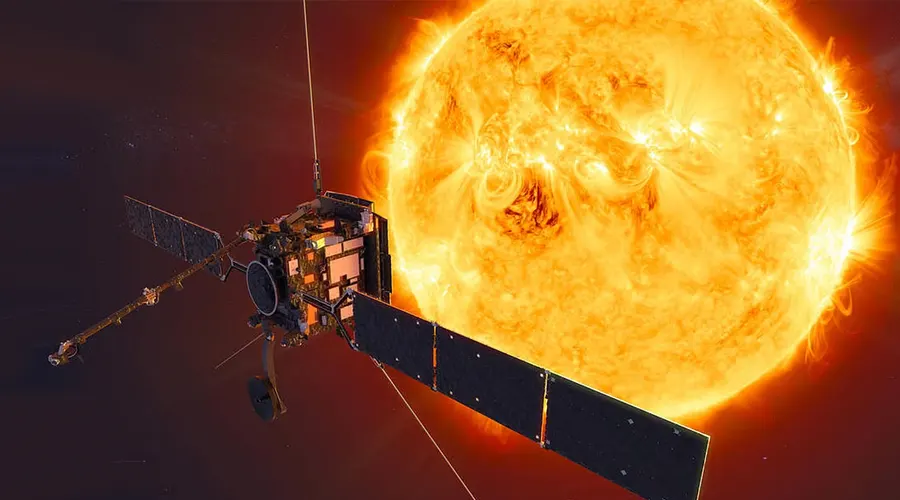India's First Solar Mission Successfully Launched - Aditya-L1 | PSLV-C57
ISRO on Saturday launched the country’s ambitious Solar mission, Aditya-L1 eyeing history again after its successful lunar expedition, Chandrayan-3 a few days ago. As the 23:40-hour countdown concluded, the 44.4m tall Polar Satellite Launch Vehicle (PSLV) soared majestically at the prefixed time of 11:50 a.m. from this spaceport, located on the Eastern coast about 135 k.m. from Chennai.
According to ISRO, Aditya-L1 is the first space-based observatory to study the Sun. The spacecraft, after traveling about 1.5 million k.m. from the Earth over 125 days, is expected to be placed in a Halo orbit around the Lagrangian point L1 which is considered closest to the Sun.
Among others, it will send pictures of the sun for scientific experiments. According to scientists, there are five Lagrangian points (or parking areas) between the Earth and the Sun where a small object tends to stay if put there. These points in space can be used by spacecraft to remain there with reduced fuel consumption.
This PSLV-C57/Aditya-L1 mission can be counted as one of the longest missions involving ISRO’s workhorse launch vehicle. However, the longest of the PSLV missions is still the 2016 PSLV-C35 mission which was completed two hours, 15 minutes, and 33 seconds after lift-off.
Aditya-L1 will stay in earth-bound orbits for 16 days, during which it will undergo five maneuvers to gain the necessary velocity for its journey.
Aditya-L1 lifted off from the launch pad at Sriharikota on Saturday at 11:50 India time (06:20 GMT).
It will travel 1.5 million km (932,000 miles) from the Earth - 1% of the Earth-Sun distance.
India's space agency says it will take four months to travel that far.
India's first space-based mission to study the solar system's biggest object is named after Surya - the Hindu god of the Sun, also known as Aditya.
And L1 stands for Lagrange point 1 - the exact place between the Sun and Earth where the Indian spacecraft is heading.
According to the European Space Agency, a Lagrange point is a spot where the gravitational forces of two large objects - such as the Sun and the Earth - cancel each other out, allowing a spacecraft to "hover".
Once Aditya-L1 reaches this "parking spot", it will be able to orbit the Sun at the same rate as the Earth. This also means the satellite will require very little fuel to operate.


Comments (0)